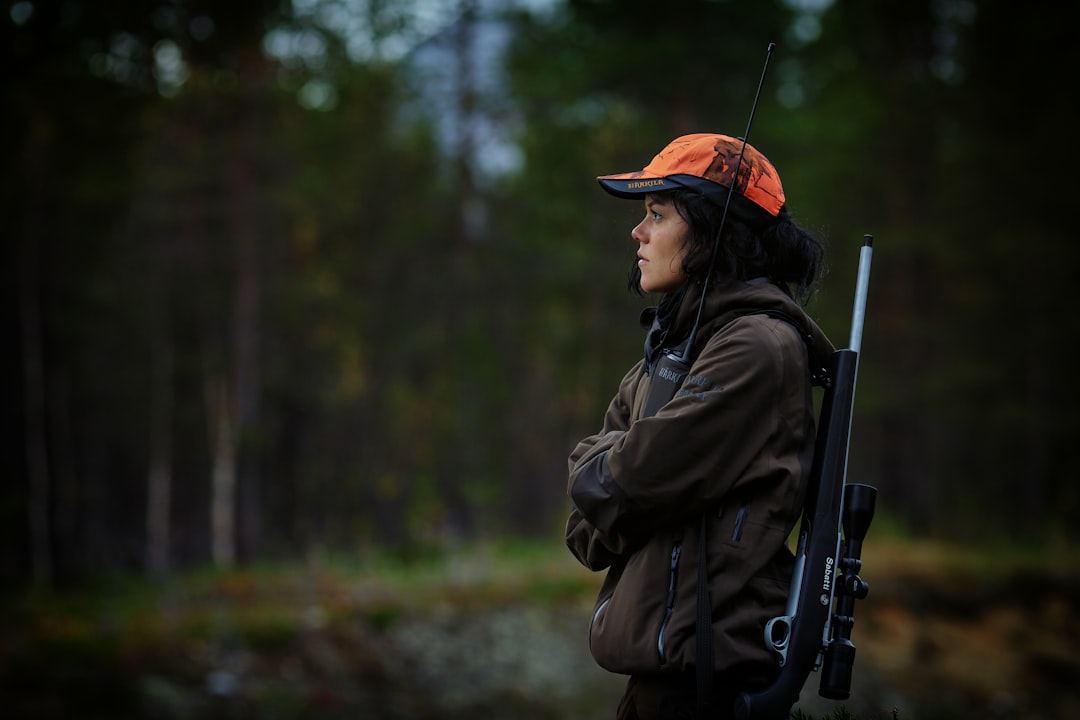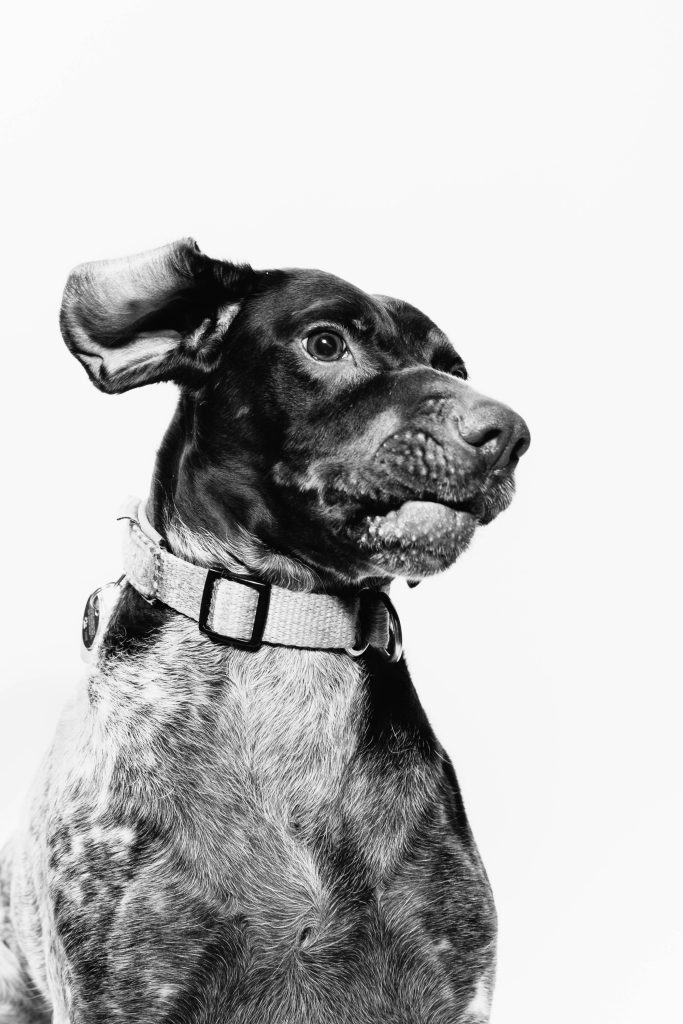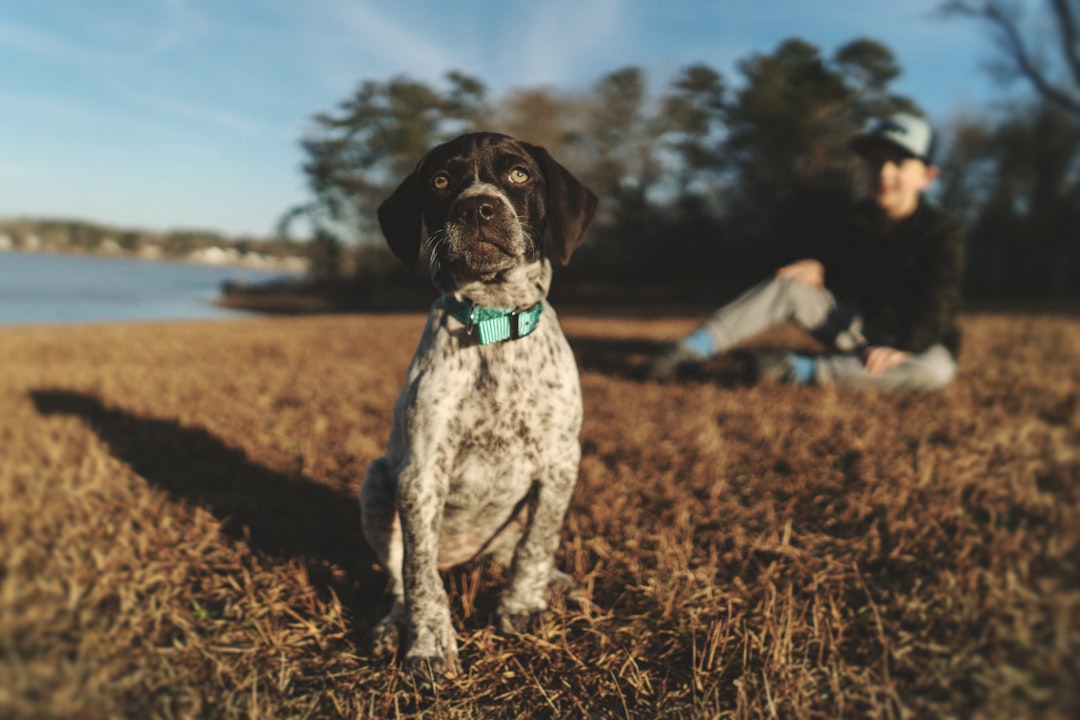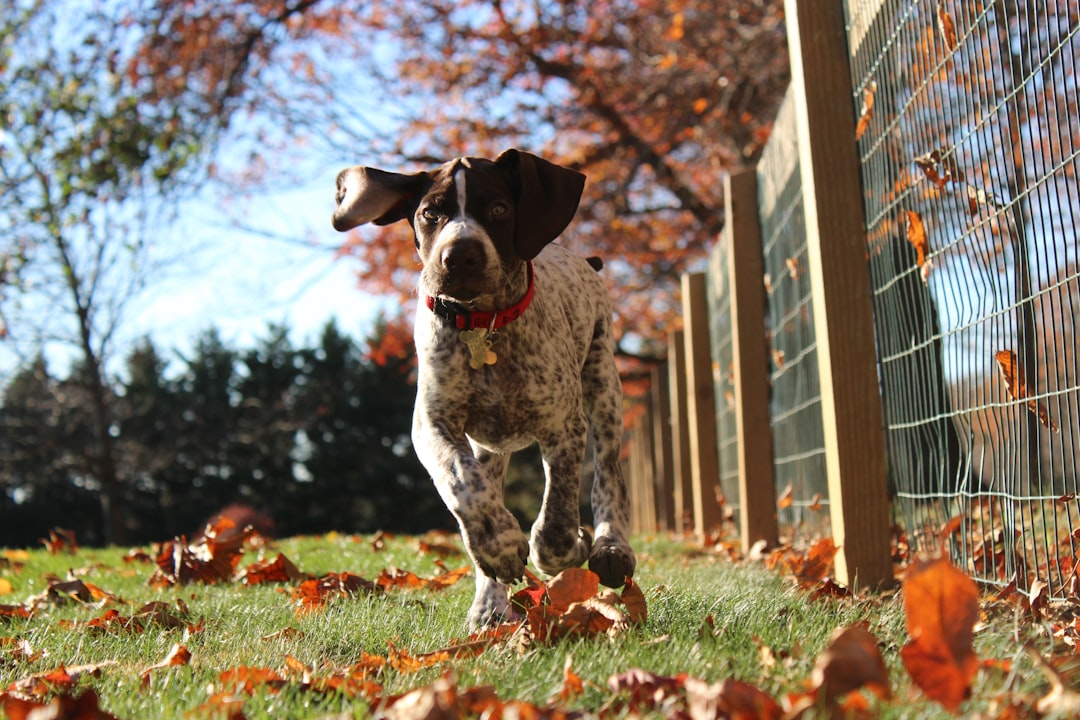Discover the versatile hunting abilities and unique traits of the German Shorthaired Pointer, a popular and highly regarded breed known for its adaptability, trainability, and suitability as a hunting companion.

German Shorthaired Pointer: A Versatile Hunting Companion

History and Development of the German Shorthaired Pointer
The German Shorthaired Pointer (GSP) has a rich history closely intertwined with hunting dogs in Germany. Developed in the 1800s, the breed aimed to create a versatile hunting dog capable of excelling in various hunting tasks, from pointing and retrieving to tracking wounded game. The GSP made its appearance in North America just before World War 2 and experienced a surge in popularity during the 1950s and 60s, thanks to its exceptional hunting abilities and adaptable nature. In the breed’s development, Spanish pointing dogs, particularly the Burgos Pointer, played a significant role, contributing to the GSP’s versatile hunting capabilities. Additionally, historical references often mention the Arkwright Pointer, likely an English Pointer with a black coat, in the breed’s lineage.
Versatility and Hunting Abilities
The German Shorthaired Pointer is renowned for its versatility as a hunting companion, excelling in various hunting scenarios. The breed’s adaptability allows it to effectively hunt different gamebirds, waterfowl, and a variety of game in diverse environments. The German Shorthaired Pointer (GSP) is a versatile hunting dog. [4]. Its easy trainability and exceptional hunting skills have made the GSP a preferred choice for hunters, earning it the reputation of being the most popular versatile breed globally, [4]. Notably, German Shorthaired Pointers are recognized for their competence and productivity as gun dogs, often requiring minimal training, thanks to their calm, easy-going temperaments and adaptability to both indoor and outdoor environments, [4].
Traits and Characteristics
The GSP’s coat, short and thick, contributes to its suitability as a hunting dog. While shedding, the coat is practical for tick removal and drying off after swimming, [4]. The breed’s intelligence, eagerness to please, athleticism, and high activity level further enhance its effectiveness as a hunting companion, [3]. However, it’s essential to note that German Shorthaired Pointers are slow to mature, reaching mental adulthood at around two years of age, requiring consistent mental stimulation and training to fulfill their potential as hunting partners.
Training and Health Considerations
Training a German Shorthaired Pointer to excel as a hunting dog involves socialization and supervision, particularly with children, due to their high activity level and desire to please. Additionally, potential owners should consider the breed’s non-hypoallergenic nature and specific health risks, including joint health considerations. However, these risks can be managed with appropriate supplements like Glyde™ Mobility Chews. It’s crucial to recognize the breed’s need for regular exercise and mental stimulation to ensure their overall well-being and fulfillment, [4].
 Conclusion
Conclusion
The rich history, versatile hunting abilities, and unique traits and characteristics of the German Shorthaired Pointer position it as an exceptional choice as a hunting companion. Its adaptability, trainability, and effectiveness for various hunting purposes have solidified the GSP’s status as a popular and highly regarded breed for both hunting and family companionship, [4].
 Frequently Asked Questions (FAQs)
Frequently Asked Questions (FAQs)
- What is the history of the German Shorthaired Pointer breed and its connection to hunting dogs in Germany? The German Shorthaired Pointer was developed in the 1800s to create an all-around hunting dog and has a strong connection to hunting dogs in Germany. Spanish pointing dogs, particularly the Burgos Pointer, played a role in its development, and it gained popularity in North America just before World War 2.
- How did the German Shorthaired Pointer become popular in North America? The breed appeared in North America just before World War 2 and experienced rapid popularity growth in the 1950s and 60s, attributed to its exceptional hunting abilities and adaptable nature.
- What role did Spanish pointing dogs, such as the Burgos Pointer, play in the development of the German Shorthaired Pointer breed? Spanish pointing dogs, particularly the Burgos Pointer, contributed to the versatile hunting abilities of the German Shorthaired Pointer.
- What are the unique traits and characteristics of the German Shorthaired Pointer as a versatile hunting dog? The GSP’s short and thick coat, shedding, intelligence, eagerness to please, athleticism, and high activity level contribute to its suitability as a hunting dog, [3], [4].
- What are the specific hunting abilities of the German Shorthaired Pointer? The GSP excels in hunting various gamebirds, waterfowl, and different types of game in various environments, showcasing its adaptability and versatility as a hunting companion, [4].
- How does the German Shorthaired Pointer’s coat contribute to its suitability as a hunting dog? The GSP’s short and thick coat is practical for shedding, tick removal, and drying off after swimming, enhancing its suitability as a hunting dog, [4].
- What are the training requirements for a German Shorthaired Pointer to excel as a hunting dog? Training a German Shorthaired Pointer to excel as a hunting dog involves socialization, supervision, and consistent mental stimulation and training, given their high activity level and eagerness to please.
- What health considerations and risks are associated with the German Shorthaired Pointer breed? The breed is not hypoallergenic and has some health risks, including joint health considerations, which can be addressed with appropriate supplements like Glyde™ Mobility Chews. Their need for regular exercise and mental stimulation should also be considered, [4].
- What are the recommended activities and exercises to keep a German Shorthaired Pointer mentally and physically stimulated? The GSP requires regular exercise and consistent mental stimulation to fulfill its potential as a hunting companion, given its high activity level and slow maturation process, [3].
- In what ways can German Shorthaired Pointers be used for hunting in different environments and for various types of game? German Shorthaired Pointers are adaptable to various hunting purposes, excelling in hunting different gamebirds, waterfowl, and a variety of game in diverse environments, making them highly effective hunting companions.
